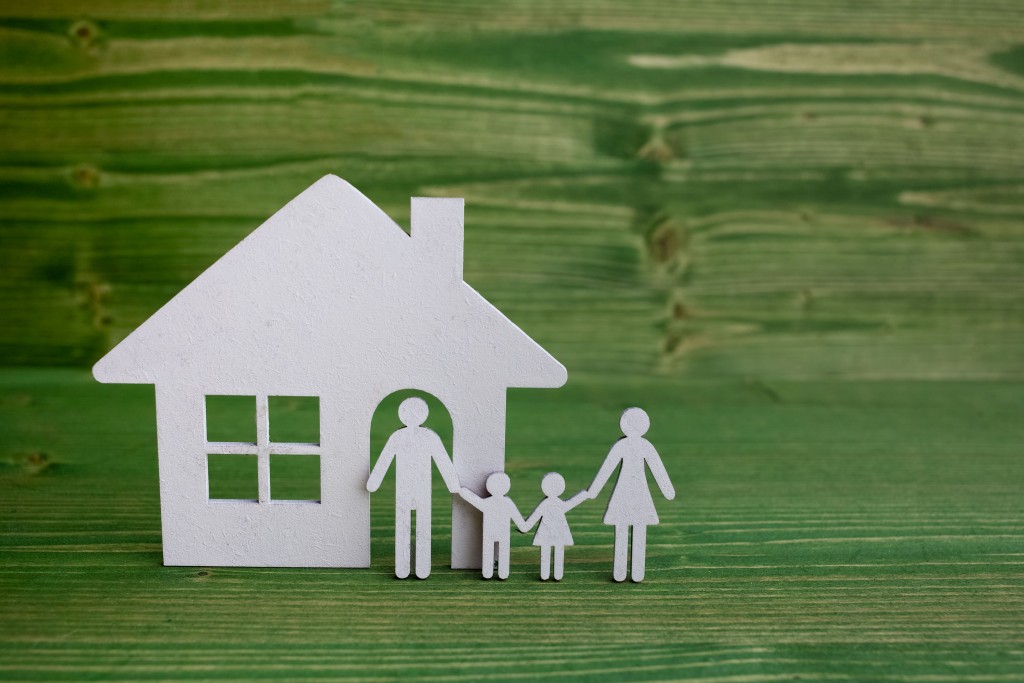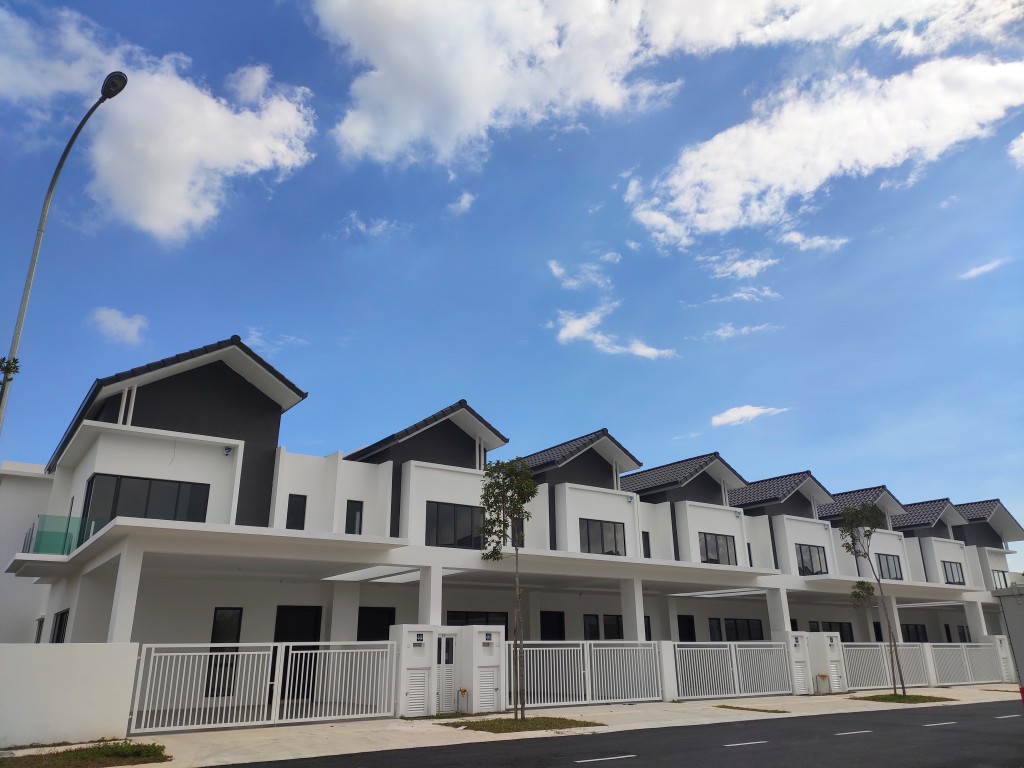Surge in demand for single-family homes signals a housing market shift
By Joseph Wong
The gradual migration from bustling urban centres to tranquil suburban neighbourhoods has instigated a significant surge in the demand for single-family homes, heralding a transformative shift in the housing landscape.
The trajectory of home sales in recent years reflects a pronounced uptick, with realtors projecting a further 10% increase in 2024. This surge is poised to propel home sales to their highest levels since the pre-Covid peak, signalling a remarkable resurgence in the housing market. Notably, searches for single-family homes reached a three-year high, underscoring the palpable shift in consumer preferences towards spacious, suburban dwellings.
Factors driving demand
Several converging factors have contributed to the escalating demand for single-family homes. Firstly, historically low-interest rates have made homeownership increasingly accessible, enticing prospective buyers to capitalise on favourable lending conditions. Additionally, the profound reevaluation of the home’s significance stemming from the Covid-19 pandemic—underscored by widespread quarantine measures, social distancing protocols and remote work arrangements—has prompted individuals to prioritise living spaces that accommodate evolving lifestyle needs.
Furthermore, robust housing trends predating the pandemic have laid the groundwork for sustained demand, with demographic shifts and evolving consumer preferences driving interest in suburban living. The convergence of these factors has created a perfect storm, fueling an unprecedented surge in demand for single-family homes.
The millennial influence
Notably, the surge in demand for single-family homes is further buoyed by the demographic wave of millennials, also known as the GenYs, entering the homebuying market. As this generation reaches key milestones such as marriage, starting families and advancing in their careers, the desire for homeownership has intensified. Millennials, who have long been characterised as urban dwellers, are increasingly drawn to the spaciousness, affordability and sense of community offered by suburban living—a trend that has profound implications for the housing market’s future trajectory.
However, the exponential growth in demand for single-family homes has exacerbated an already acute supply shortage, resulting in a stark imbalance between supply and demand. Single-family housing inventory in Malaysia witnessed a precipitous decline, with available homes plummeting substantially compared to the previous years.
The single-family homes pertain to the single and double-storey terrace houses in particular, where land scarcity and rising land prices have edged out most of the price-friendly ones to the outskirts of Kuala Lumpur. Even then, finding one that ranges between RM500,000 and RM750,000 has become a rarity unless one is willing to live away from the city centre.
Naturally, this scarcity of homes on the market has driven down the average listing duration, with homes spending significantly less time available for purchase—a trend that has intensified competition among buyers.
In markets such as Seremban in the neighbouring state of Negeri Sembilan, the frenzied competition for homes has led some to liken the home buying process to a mad scrambling of bargain discounts, underscoring the intensity of competition in coveted suburban locales.
Despite this, Negeri Sembilan is expected to witness a more moderate release of projects into the market. The overhang situation in Negeri Sembilan has shown signs of improvement since 2021, with the number of unsold units decreasing from around 1,400 units valued at approximately RM780mil to about 700 units worth RM380mil in the first half of 2023. It is projected that this trend will continue into 2024. Most of the unsold units are concentrated within the Seremban district, with 2- to 3-storey terraced houses and condominiums being the predominant property types.
Moreover, local buyers will also have to face competition from overseas, particularly from China and Hong Kong through the Malaysia My Second Home (MM2H) programme. Foreign buyers who favour Negeri Sembilan often gravitate towards new township developments such as Seremban 2 and S2 Heights. The residential sector is expected to maintain its position as the primary contributor to total transaction volume in 2024, comprising approximately 70% of the market share. While an increase in transaction volume is anticipated, price movements are expected to follow a similar trend as in 2023, albeit at a reduced rate. A similar trend is also visible in other states like Melaka and Johor down South and in Penang up North.
Future projections
While the market dynamics for single-family homes have persisted over the recent year after the Covid-19 pandemic, the sustainability of this trend remains uncertain. Projections suggest eventual stabilisation, with the pace of new construction expected to gradually align with heightened demand. Moreover, policymakers and industry stakeholders are closely monitoring market dynamics to implement strategic interventions aimed at fostering a balanced and sustainable housing market.
Shifting the focus on the Malaysian landed housing market, the inaugural Malaysian House Price Index (MHPI) offers insights into the dynamics of residential property appreciation. Terrace homes are projected to experience steady appreciation in 2024.
The Centre for Real Estate Research at Tunku Abdul Rahman University of Management and Technology (TAR UMT) forecasts terrace homes to outperform other residential types, with an estimated annual growth rate of 2.77%. The report suggests that terrace home values will likely keep pace with long-term inflation at 3.0%, offering a hedge against escalating prices. Semi-detached and high-rise homes are projected to see modest growth rates of approximately 0.57% and 0.45%, respectively.
Conversely, detached homes are anticipated to experience a decline of -1.62%. These forecasts are derived from the autoregressive integrated moving average forecasting technique, which extrapolates future values based on past data. Overall, the report predicts a positive trajectory for the MHPI, with a moderate annual growth rate of 0.64% expected in 2024.
“The housing market remains a complex and dynamic landscape. We believe this forecast information will empower home buyers and sellers to navigate the market with confidence, investors to make strategic choices, and policymakers to develop informed housing initiatives.
“HPI forecasts could aid policymakers to make informed decisions by adjusting interest rates, introducing tax incentives, providing new regulations and implementing targeted interventions based on projected market trends,” the centre’s adviser Prof Ting Kien Hwa was quoted in a recent publication.
He emphasised the importance of stable and predictable trends in the HPI for maintaining overall financial stability. Conversely, abrupt and drastic fluctuations can lead to ripple effects affecting financial institutions, businesses, and individuals alike.
Implications and considerations
When forecasts are conducted across a complete property market cycle, they can serve as warning signs. For instance, a rapid increase in the HPI may indicate an unsustainable bubble, while a sharp decline could signal a recession.
The escalating demand for single-family homes represents a paradigm shift in the housing market, driven by a confluence of factors reshaping consumer preferences and market dynamics.
As the market navigates through these transformative shifts, stakeholders must remain vigilant and adaptive, leveraging data-driven insights to navigate the evolving landscape of real estate. By understanding the underlying drivers of this trend and its broader implications, industry participants can position themselves strategically to capitalise on emerging opportunities and mitigate potential risks in the ever-evolving housing market.
What makes terrace houses appealing?
Affordability: In many cases, terrace houses are more affordable compared to detached or semi-detached homes, making them accessible to a wider range of homebuyers, especially first-time buyers or those on a budget.
Community and neighbourhood: Terrace houses are typically situated within planned communities or neighbourhoods, fostering a sense of community and belonging among residents. Shared amenities such as parks, playgrounds, or community centres often enhance the appeal of these neighbourhoods.
Space efficiency: Terrace houses are designed to maximise space efficiency, with a compact footprint that still offers adequate living space for residents. This makes them ideal for individuals or small families who prioritise practicality and functionality in their living arrangements.
Security: In many cases, new terrace houses are located within gated communities or developments with security features, providing residents with a greater sense of safety and security compared to standalone properties.
Maintenance: Terrace houses often require less maintenance compared to larger properties, as they typically have smaller yards or gardens and shared maintenance responsibilities for common areas. This can be appealing to homeowners who prefer a lower maintenance lifestyle.
Urban connectivity: While terrace houses are often located in suburban areas, they are usually within close proximity to urban centres, offering residents easy access to amenities such as schools, shopping centres, and public transportation.
Source: StarProperty.my


















POST YOUR COMMENTS